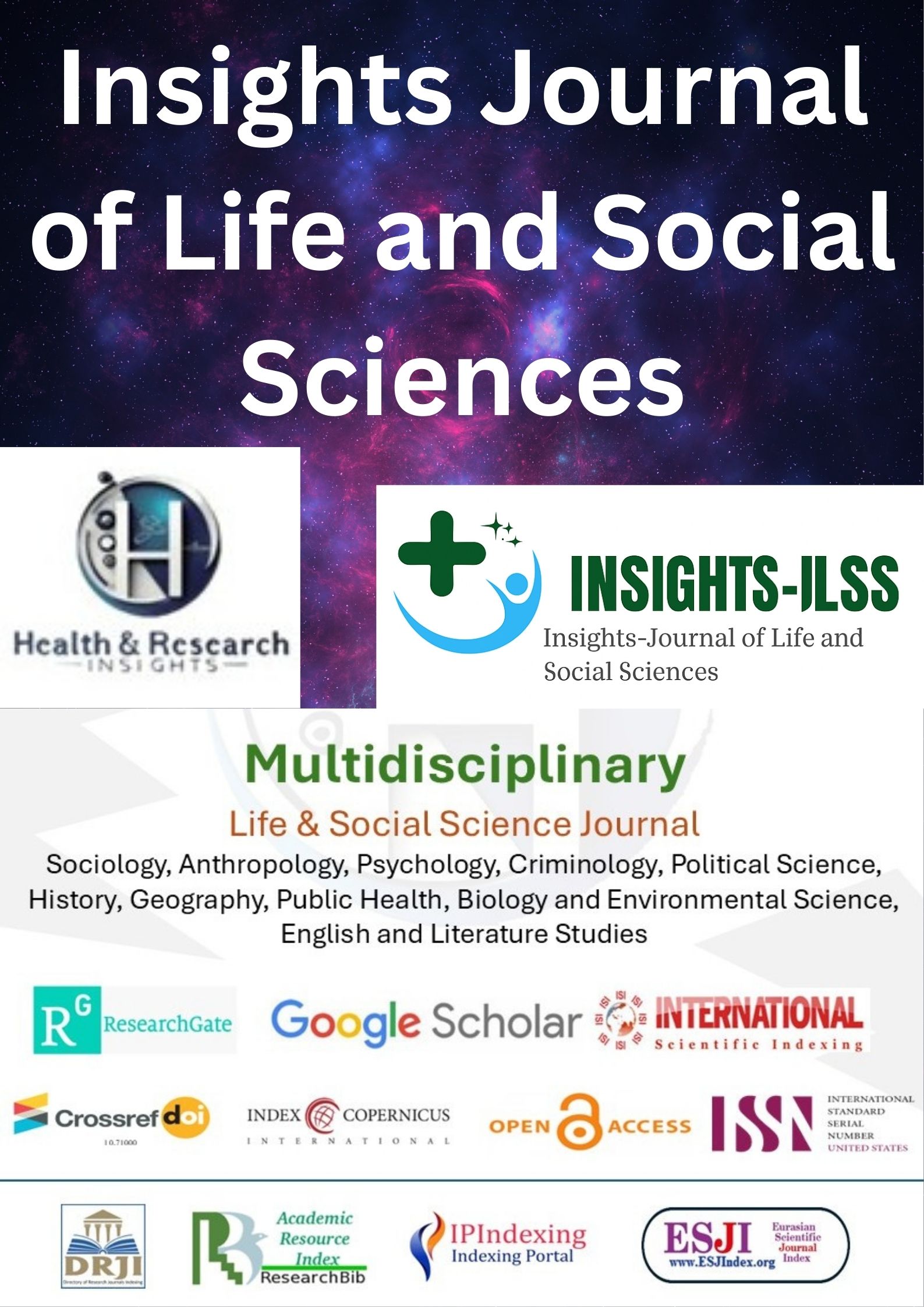GLOBAL PATTERNS OF ANTIBIOTIC RESISTANCE DEVELOPMENT IN COMMON BACTERIAL INFECTIONS AND THEIR IMPLICATIONS FOR TREATMENT STRATEGIES: A SYSTEMATIC REVIEW
Main Article Content
Abstract
Background: Antimicrobial resistance (AMR) poses a critical and escalating global public health threat, rendering first-line antibiotics ineffective for common bacterial infections and leading to increased mortality and healthcare costs. While surveillance data exists, a comprehensive synthesis of recent global trends and their direct implications for clinical treatment strategies is lacking.
Objective: This systematic review aimed to evaluate the global patterns of antibiotic resistance development in common bacterial infections from 2019 to 2024 and to analyze the resulting implications for empirical and definitive clinical management strategies.
Methods: A systematic review was conducted following PRISMA guidelines. Databases including PubMed, Scopus, Web of Science, and Cochrane were searched for studies published between January 2019 and May 2024. Observational studies, surveillance reports, and cohort studies reporting quantitative resistance rates for WHO priority pathogens (e.g., Escherichia coli, Klebsiella pneumoniae, Staphylococcus aureus) were included. Data extraction and risk of bias assessment were performed in duplicate.
Results: Twenty-eight studies were included. The synthesis revealed persistently high global prevalence of ESBL-producing Enterobacterales (40-60%) and a alarming increase in carbapenem resistance, particularly in K. pneumoniae and Acinetobacter baumannii, with rates exceeding 25% and 75% in some regions, respectively. While MRSA rates stabilized in some areas, emergence of resistance to last-line agents like linezolid was reported. Infections with multidrug-resistant phenotypes were consistently associated with significantly higher mortality (aORs 1.8-3.5).
Conclusion: The findings demonstrate a rapid and concerning acceleration of resistance to last-resort antibiotics, necessitating an urgent re-evaluation of empirical therapy guidelines. The evidence underscores the critical importance of antimicrobial stewardship and infection control programs. Future research must prioritize novel therapeutic development and rapid diagnostics.
Article Details

This work is licensed under a Creative Commons Attribution-NonCommercial-NoDerivatives 4.0 International License.
